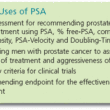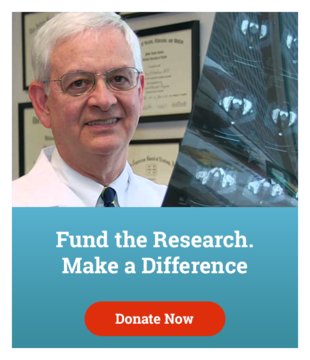The treatment of LUTS Due to BPH

There are now many current treatment options for men with LUTS (lower urinary tract symptoms) from BPH (benign prostatichyperplasia).
The first and simplest step is oral alpha-blocker medications. Alpha-blockers work by relaxing the musclesin the prostate and the bladder neck, making it easier for urine to flow through the urethra to the outside. A side effect is that they can cause retrograde ejaculation. They don’t shrink the prostate or stop its progressive growth, but usually provide considerable relief from urinarysymptoms. Common side effects include dizziness, headache, fatigue, and dry mouth. More serious side effects, such as retrograde ejaculation, erectile dysfunction, and low blood pressure, are also possible.
If alpha blockers do not work, the next oral medication option to consider would be an enzyme inhibitor that blocks the male hormone stimulation of the prostate gland. This is a form of hormonal therapy with down-side features of slow onset (6-12 months) in shrinking the prostate, lowering the PSA thus possibly compromising early prostate cancer detection, increasing the risk for sexual dysfunction, breast enlargement, and possibly severe depression (including suicidal ideation), and, although reducing the risk of developing low- grade prostate cancer, these medicines have been reported to increase the risk of developing the highest grades of prostate cancer (Gleason grades 8-10).
If medical therapy does not work or the risks are judged to be unacceptable, other options include surgical interventions. The time-tested, gold-standard procedures are the TURP (transurethral resection of the prostate) for glands smaller than 100 cc or open or laparoscopic/robotic simple prostatectomy for larger glands. These operations remove the BPH tissue that blocks the urinary channel, creating a new, widely open channel. An adverse side effect of opening the channel is retrograde ejaculation.
In recent years, a profusion of new, less time-tested options has been developed. These methods eliminate obstructing prostate tissue through various means including the use of a laser, hot water, steam, and water pressure to wash out prostate cells, block the blood supply to the prostate, or pull apart the obstructing lobes of the prostate with stents, wire baskets, or clips. These so-called “next generation” procedures have their own advantages and disadvantages and are marketed as “less invasive”. They may not all pass the “test of time” forproducing durable, good outcomes with low rates of side effects. Some have already begun to fall out of use.
Having been called on to manage some of the untoward side effects of these new so- called “technological advancements, ” Dr. Catalona remains skeptical. He is concerned that we may be creating a “ …medical industrial complex industry of vast proportions” for thetreatment of BPH.













